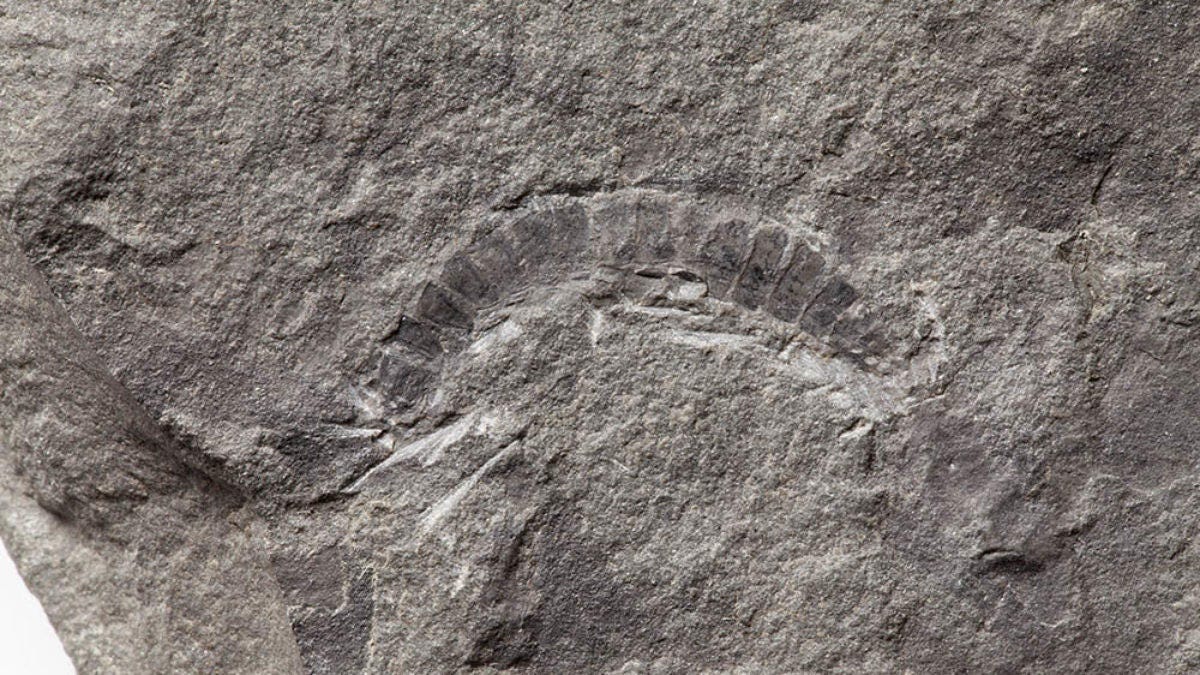Meet the world's oldest bug, a 425-million-year-old millipede fossil
The millipede is making scientists rethink the evolutionary timescale for bugs and plants.

This 425-million-year-old millipede fossil shows these bugs have staying power.
Some millipedes can live for years, but one particular millipede inadvertently made paleontology history 425 million years after its demise.
The dainty fossil hails from Kerrera, an island in Scotland. Researchers at the University of Texas at Austin said it's "older than any known fossil of an insect, arachnid or other related creepy-crawly."
The research team published their study on the fossil and its implications in the journal Historical Biology this month.
The researchers are using a newer approach to fossil dating as developed by study co-author Stephanie Suarez, a doctoral student at the University of Houston. The results of this technique point to a compressed evolutionary timeline for both plants and bugs.
"Bountiful bug deposits have been dated to just 20 million years later than the fossils. And by 40 million years later, there's evidence of thriving forest communities filled with spiders, insects and tall trees," UT Austin said in a release this week. As lead author Michael Brookfield pointed out, "in the scheme of things, it didn't take that long."
If you're into preserved millipedes, be sure to check out this 99-million-year-old millipede caught in amber with all of its little legs on display. If you're not into preserved millipedes, then I'm impressed you've read this far.

